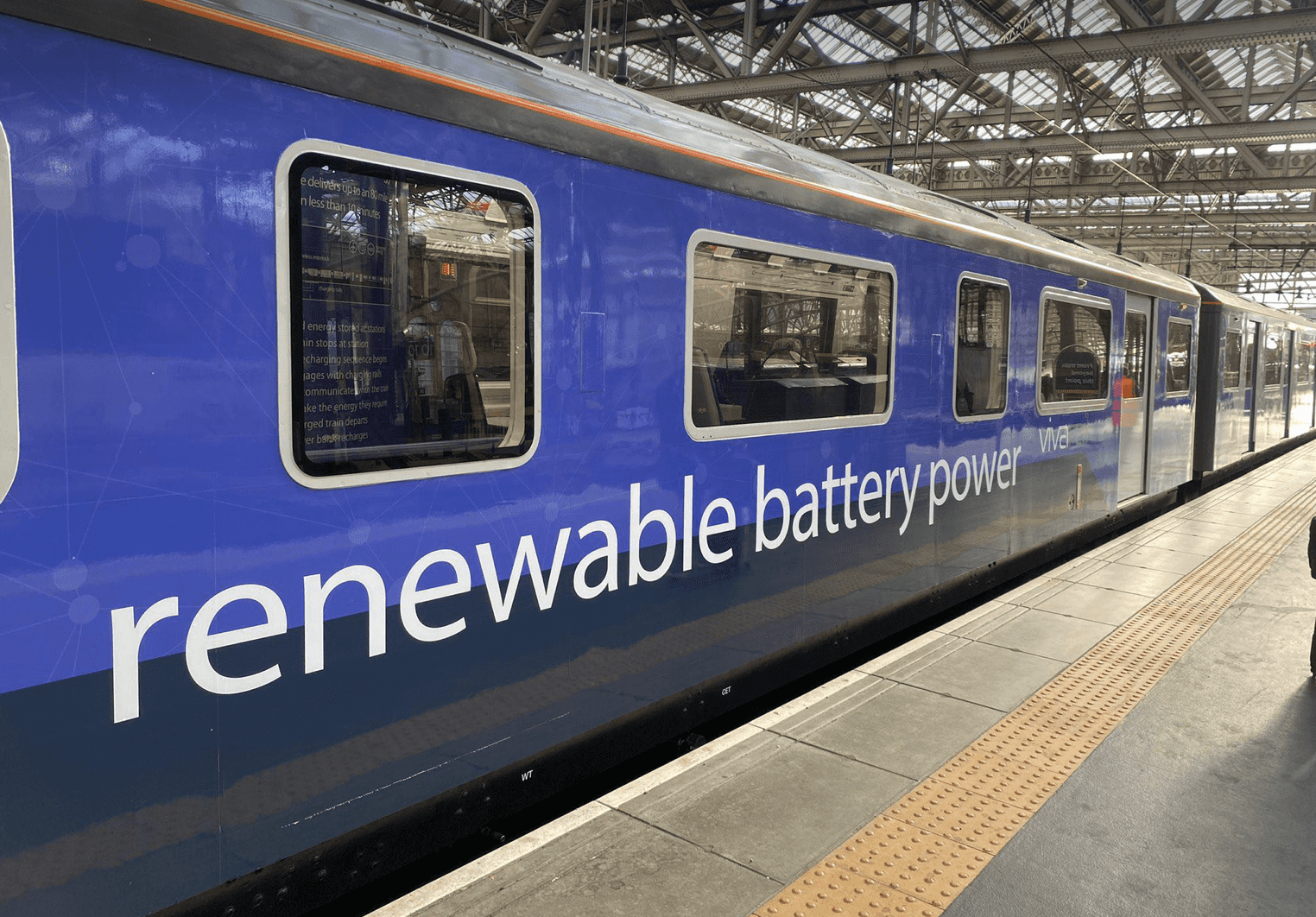2022 Tech Trends That Will Drive Your Business Forward
Businesses are adapting to the changing technological landscape that is now penetrating a range of sectors, including the in-store experience.
We explore how technology in business is driving digital transformation and which trends will be taking 2022 by storm.
Next-generation chatbots
Customer support chatbots are not a new e-commerce invention. In fact, the first chatbot prototype, ELIZA, was invented between 1964 and 1966. Joseph Weizenbaum designed it as a psychotherapy tool, and it passed the Turing test.
Businesses have realised the importance of chatbots during the COVID-19 pandemic. Moving forward to 2022, chatbots are predicted to take the zero-waiting time experience to the next level. Virtual assistants in the likes of chatbots bridge the gap between brick-and-mortar stores and online by enhancing the omnichannel experience.
Through using an FAQ module, they provide 24/7 brand communication to a large volume of customers. This volume is so great that it would be unachievable through human interaction alone.
But the 2022 next-generation chatbots are predicted to offer continuous learning to employers and aid them in product development. Not only that but they can also be customised to match the brand’s voice, and attuned to recognise voice and image, rather than just text.
In-store self-checkout
The B2B Future Shopper Report 2021 shows that professional buyers value easy checkout when making a purchase. This prioritisation of having an easy checkout is something that is also found in B2C purchasing trends.
Make your customers’ experience even more seamless by directing them to the self-checkout points with the use of wayfinders and inform them about your service by placing external business signage at the storefront.
Contactless payments
Contactless payments usually go hand-in-hand with self-checkout points, and they became a must-have for businesses during the pandemic. Contactless debit and credit card payments, mobile, QR codes, and wearables payments mean that customers are safe from transmitting COVID-19.
A Statista Dossier report on contactless, tap to pay in the United Kingdom (UK) explored the rise of contactless payments in the UK. It showed that contactless check-in and payments was one of the main measures introduced in England to 66% of visitor attractions during the pandemic. Mobile Point of Sale payments have had a 20.3% penetration in the UK during 2021, and the share of scanning of QR codes across U.S. and UK consumers at retail locations was 37.27% in 2020.
In response to the changing consumer and safety behaviours, the fashion retailer Zara opened its innovative store in Bluewater, UK. It features an Automated Collection Point (ACP), where customers can use QR codes to pick-up online orders. The store also features self-service and automated refund tills.
As this is an important feature, make sure your customers are aware of all the contactless payment methods you offer in-store. With the use of internal business signage at checkout points, as well as through posting on your website and social media channels, your customers will understand their payment options clearly.
Experiential retail and the use of AR
The fashion industry is taking a leap in automated technology through the implementation of ‘magic mirrors’. The new Mango store in Westfield London partnered with Vodafone to fuse Augmented Reality technology with fitting rooms in the latest invention – smart mirrors. Customers can digitally visualise how outfits will look on them with these devices. Ultimately, this saves time for customers, as they don’t need to change clothes, and takes in-store COVID-19 measurements further.
To further enhance the futuristic look, store owners can use 3D signs in a range of materials, such as aluminium, high gloss, and metallic effects.
Smart shelves
The warehouse experience will never be the same again with the introduction of smart shelves. With this, inventory count, a dreadful task for warehouse workers, will be a thing of the past.
Smart shelves use laser and motion sensors to detect weight and pressure placed on the surface of shelves. This feature is integrated with radio-frequency identification (RFID) or barcodes which send real-time data to warehouse management systems. This can help employers monitor stock, as well as provide a continuous customer experience.
Moreover, smart shelves can be integrated with wearables that show warehouse staff where stock is placed and can even send that information to pick-up robots.
Technology in business is paramount for the success of any business entering the 2022 market landscape. It’s important to understand how technology can help businesses and implement the key trends in your business model.
Sources
https://publications.parliament.uk/pa/cm201719/cmselect/cmbeis/1093/1093.pdf
https://www.verdict.co.uk/a-chatbot-carol/
https://www.statista.com/study/12823/contactless-payment-in-the-united-kingdom-uk/
https://www.retailtimes.co.uk/zara-debuts-new-concept-store-in-uk-at-bluewater/
https://www.hso.com/en-gb/blog/in-store-automation/
https://modernretail.co.uk/smart-shelving-the-future-of-smart-warehouses/


